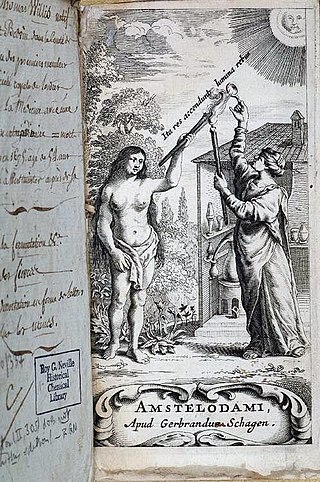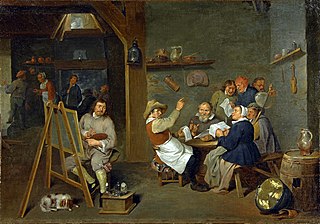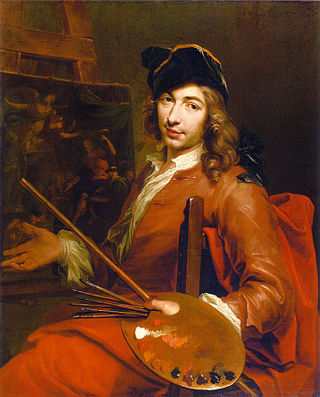Related Research Articles

1652 (MDCLII) was a leap year starting on Monday of the Gregorian calendar and a leap year starting on Thursday of the Julian calendar, the 1652nd year of the Common Era (CE) and Anno Domini (AD) designations, the 652nd year of the 2nd millennium, the 52nd year of the 17th century, and the 3rd year of the 1650s decade. As of the start of 1652, the Gregorian calendar was 10 days ahead of the Julian calendar, which remained in localized use until 1923.

1621 (MDCXXI) was a common year starting on Friday of the Gregorian calendar and a common year starting on Monday of the Julian calendar, the 1621st year of the Common Era (CE) and Anno Domini (AD) designations, the 621st year of the 2nd millennium, the 21st year of the 17th century, and the 2nd year of the 1620s decade. As of the start of 1621, the Gregorian calendar was 10 days ahead of the Julian calendar, which remained in localized use until 1923.

1580 (MDLXXX) was a leap year starting on Friday of the Julian calendar, the 1580th year of the Common Era (CE) and Anno Domini (AD) designations, the 580th year of the 2nd millennium, the 80th year of the 16th century, and the 1st year of the 1580s decade. As of the start of 1580, the Gregorian calendar was 10 days ahead of the Julian calendar, which was the dominant calendar of the time.

Jan Baptist van Helmont was a chemist, physiologist, and physician from Brussels. He worked during the years just after Paracelsus and the rise of iatrochemistry, and is sometimes considered to be "the founder of pneumatic chemistry". Van Helmont is remembered today largely for his 5-year willow tree experiment, his introduction of the word "gas" into the vocabulary of science, and his ideas on spontaneous generation.
The year 1916 involved a number of significant events in science and technology, some of which are listed below.

In Renaissance alchemy, alkahest was the theorized "universal solvent". It was supposed to be capable of dissolving any composite substance, including gold, without altering or destroying its fundamental components. By extracting from composite substances their fundamental virtues and properties, alchemists hoped to gain control of invaluable medical healing properties. For this reason the alkahest was earnestly sought. At the same time, its very existence was debated among alchemists and philosophers.
The year 1815 in science and technology involved some significant events, listed below.
The year 1845 in science and technology involved some significant events, listed below.
The year 1644 AD in science and technology involved some significant events.
The year 1625 in science and technology involved some significant events.
The year 1648 in science and technology involved some significant events.

Iatrochemistry is an archaic pre-scientific school of thought that was supplanted by modern chemistry and medicine. Having its roots in alchemy, iatrochemistry sought to provide chemical solutions to diseases and medical ailments.

Events from the year 1674 in art.

Franciscus Mercurius van Helmont was a Flemish alchemist and writer, the son of Jan Baptist van Helmont. He is now best known for his publication in the 1640s of his father's pioneer works on chemistry, which link the origins of the science to the study of alchemy.
Johannes Pharamond Rhumelius (1597–1661) was a German alchemist and physician, and a contemporary of Jan Baptist van Helmont. He was born in Neumark and died in Nuremberg.
The year 1579 in science and technology included a number of events, some of which are listed here.

Mattheus van Helmont was a Flemish painter specialized in genre scenes of interiors and village scenes. His style and subject matter were influenced by the work of David Teniers the Younger and Adriaen Brouwer. His preferred subjects were peasant feasts, wedding celebrations, drinkers and alchemists. He developed his own personal style towards the final phase of his career. He spent most of his active life in Antwerp but moved to Brussels later.

Zeger Jacob van Helmont, was a Flemish painter and tapestry designer who specialized in portraits and history paintings. He trained with his father in Antwerp but spent his active career in Brussels where he worked for the local churches and tapestry works.

Jan van Helmont was a Flemish painter of history subjects, genre scenes and portraits.
References
- ↑ George C. Kohn, Encyclopedia of plague and pestilence : From ancient times to the present, Infobase Publishing, 2007, p. 436.
- ↑ Palmer, Alan; Palmer, Veronica (1992). The Chronology of British History. London: Century Ltd. pp. 160–162. ISBN 0-7126-5616-2.
- ↑ "Jan Baptista van Helmont – Belgian scientist". Encyclopædia Britannica. Retrieved 3 April 2018.